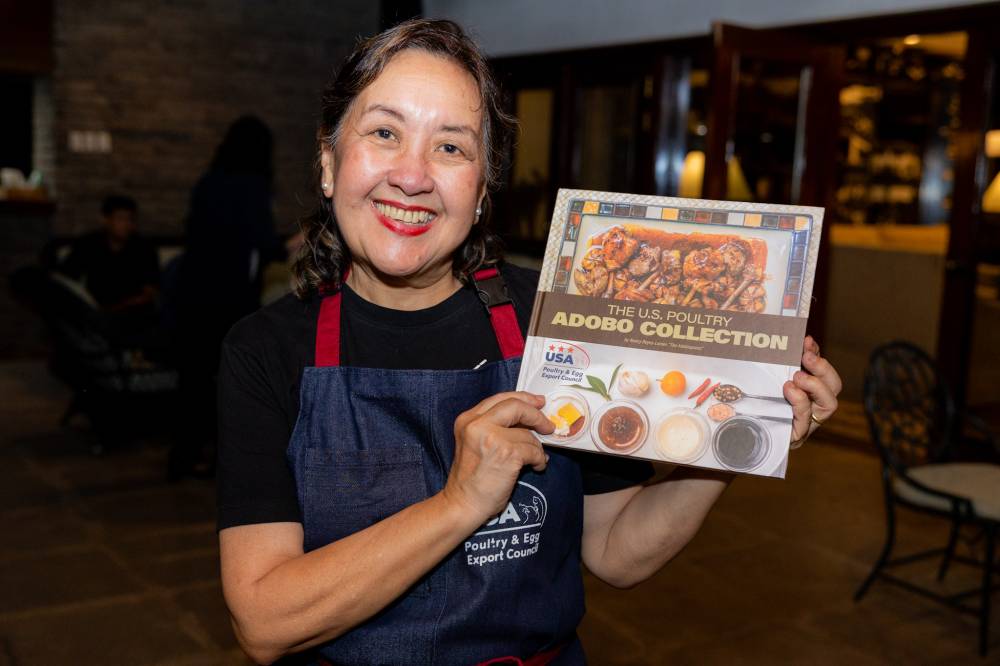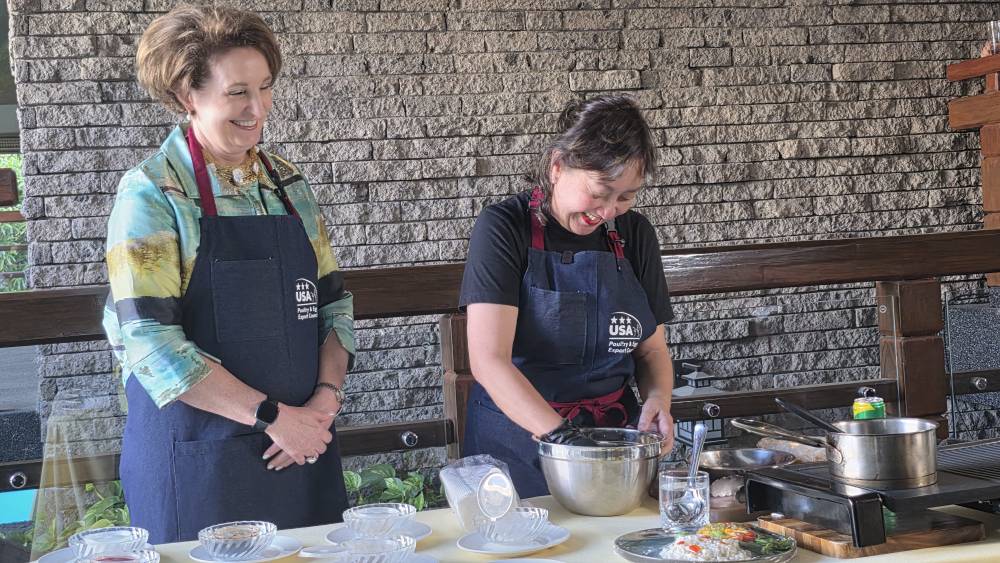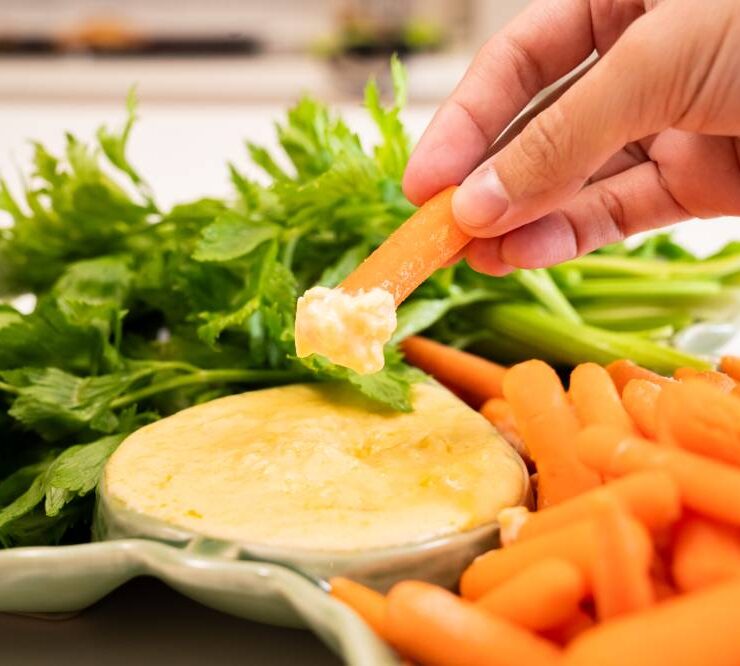Nancy Reyes-Lumen’s adobo rule: Break them all

Chef Nancy Reyes-Lumen is not afraid of adobo purists. In her cookbook, “The US Poultry Adobo Collection,” she shows how fearless she is by encouraging readers to add mushroom powder, chicken liver, tomato paste, Parmesan cheese, and even red wine to boost the adobo’s umami.
“Adobo purists will faint or rant at the above—let them,” she writes in the book and reiterates to Lifestyle in person.
As the self-proclaimed adobo queen (and yes, she laughingly insisted on the “self-proclaimed”), she believes there are no hard rules when it comes to what goes into your adobo. But even she has her limits: Adobo must be slow-cooked, never rushed. The only exception to that rule was during a recent cooking demonstration at the residence of US Ambassador MaryKay Carlson, when Reyes-Lumen had to cut the process short for the audience that gathered on the patio, next to the pool. The ambassador happily assisted her in grilling Adobong Chicken Barbecue.

She used boneless chicken thighs because she said the imported US poultry is plumper, therefore juicier and more flavorful when grilled. Reyes-Lumen did, however, emphasize the importance of massaging the meat. It’s a lost step among Filipino cooks, she claimed. Our grandmothers used to massage the meat so that the marinade would seep into the flesh, and now nobody practices it.
The chef demonstrated how to massage the meat. She took time kneading the boneless chicken thighs against themselves, working the flesh without tearing them. The pressed garlic was added almost at the end. When it was finally time to grill, the meat had soaked in all the marinade in the bowl.
“There are two things I really want you to know. Chicken oil is not bad. It won’t kill you. And number two, marinate and massage,” she told Lifestyle over dinner where different adobo dishes were served.

Maranao specialty
This includes the Chicken Adobo Paella, Chicken Adobo sa Kamatis, Spatchcock’d US Turkey Adobo, and Ritzy-Rich Roast US Duck Adobado. Her favorite from the food served that night and from her cookbook is the Chicken Adobo Pastil. She was happy about the inclusion of the Maranao specialty in her book to represent the region.
She also shared another secret for the turkey adobo. The chef revealed that she injected plenty of garlic into the flesh of the meat to make it flavorful.
“And butter and adobo powder under the skin,” she said. She added that you have to eat the turkey as it comes fresh from the oven to enjoy how tasty it is.
It took her five months to work on the book, emphasizing readily available ingredients in US grocery stores.

“Because when you’re cooking in the US, you really need a lot of convenience. You make do with what you have and you make do with what can help you save time,” she said. Hence, the suggestion to use powders in the ingredients.
Also, when she was tasked to write this book, she thought about how many iterations of adobo she could make using the usual suspects of soy sauce, vinegar, bay leaves, and garlic. That’s when she started thinking of using chorizo in her ingredients and making adobo teriyaki-style.
But most of all, she also espouses the copious use of chicken fat.
“You can’t be afraid of the fat. It carries the flavor and you should use the natural fat. My grandmother lived a long life. She didn’t die from the fat,” she said. “I mean, the problem is you get scared of these really essential ingredients. And you lose taste. Everything is lean, everything’s boring.”
Her adobo cookbook may not be your usual fare, but you have to hand it to her—the dishes do taste good.





















